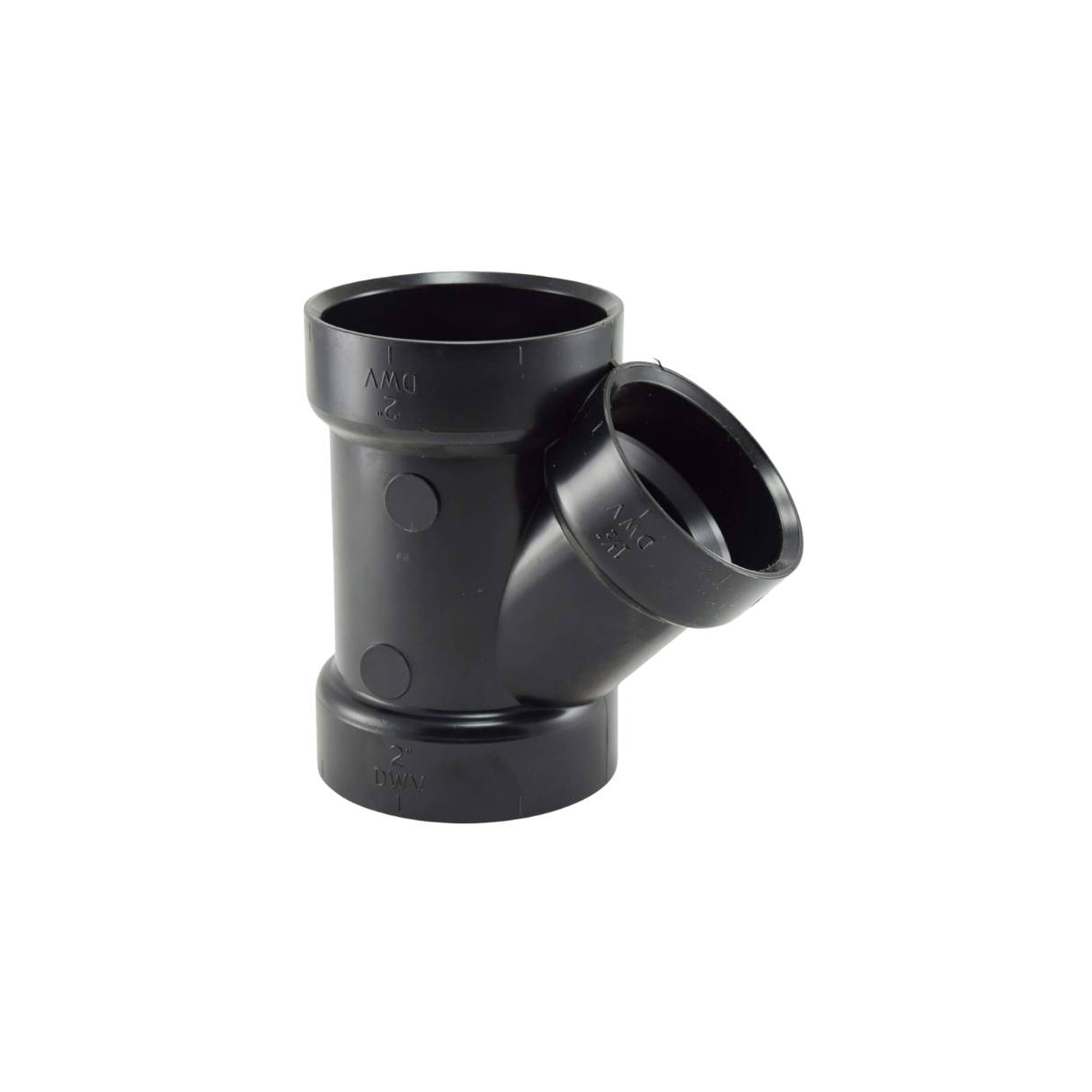

Articles
What Is A Wye In Plumbing
Modified: October 20, 2024
Learn all about wyes in plumbing with our informative articles. Discover their uses, installation process, and how they can benefit your plumbing system.
(Many of the links in this article redirect to a specific reviewed product. Your purchase of these products through affiliate links helps to generate commission for Storables.com, at no extra cost. Learn more)
Introduction
When it comes to plumbing, there are countless components and fittings that work together to ensure the smooth and efficient flow of water and waste. One such component is the wye. In the world of plumbing, a wye plays a crucial role in diverting and connecting pipes. Understanding what a wye is, how it functions, and its various applications can help homeowners and plumbers alike to make informed decisions when it comes to their plumbing systems.
In simple terms, a wye is a type of plumbing fitting that is shaped like the letter “Y”. Its purpose is to redirect the flow of liquid or waste in a plumbing system, allowing for multiple pipes to be joined together or for a single pipe to be divided into two separate paths. Wyes are commonly used in residential, commercial, and industrial plumbing systems to facilitate proper drainage and ensure efficient water flow.
Wyes are made of various materials such as PVC, copper, or cast iron, depending on the specific application and the type of plumbing system. They are available in different sizes to accommodate varying pipe dimensions.
Next, let’s explore in detail the definition of a wye in plumbing and its key features and functions.
Key Takeaways:
- Wyes are essential Y-shaped plumbing fittings that efficiently divert water and waste, ensuring smooth flow and preventing blockages. Their versatility makes them valuable in various plumbing applications.
- Proper installation and maintenance of wye fittings are crucial for long-term plumbing efficiency. Regular inspection, clearing blockages, and professional assistance when needed help ensure optimal performance and functionality.
Read more: What Is Plumbing?
Definition of a Wye in Plumbing
A wye, also known as a Y-fitting or a Y-connector, is a plumbing component that is designed to create a split in a pipe system. It is named after its resemblance to the letter “Y” in shape. A wye fitting has three openings: one main inlet and two outlets arranged at an angle of approximately 45 degrees from the central opening.
The main purpose of a wye in plumbing is to divert the flow of water or waste in different directions. This allows for the creation of multiple branch lines or the connection of multiple pipes. The wye fitting provides a seamless and efficient transition between pipes, ensuring smooth and unrestricted flow.
One key feature of a wye is that it maintains the same pipe size throughout the fitting, both at the inlet and the outlets. This ensures consistent flow rates and minimizes the risk of clogs or blockages. The smooth interior of the wye also reduces the potential for turbulence, which can disrupt the flow and lead to pressure drops or inefficiencies within the plumbing system.
Wyes are commonly used in both drainage and supply systems. In drainage systems, they are often installed to connect multiple waste pipes from different fixtures, such as sinks, toilets, or showers, into a main sewer line. This allows for the proper disposal of waste without mixing different types of effluent. In supply systems, wye fittings can be used to branch off a main water line and supply water to different fixtures or appliances simultaneously.
Overall, a wye fitting serves as a versatile and essential component in plumbing systems. Its ability to effectively redirect the flow of water or waste ensures the proper functioning of the system, prevents blockages, and maintains efficient drainage or supply.
Purpose and Function of a Wye
The purpose of a wye in plumbing is to provide a versatile and efficient way to redirect the flow of water or waste in a pipe system. It serves two main functions:
- Diverting flow: One of the primary functions of a wye is to divide the flow of water or waste in different directions. By connecting multiple branch lines to the two outlets of the wye, it allows for the separation of flows or the connection of different pipes. This is especially useful in situations where multiple fixtures or appliances need to be connected to a main water line or waste drain. The wye essentially acts as a junction point, ensuring that the flow is distributed appropriately.
- Connecting pipes: In addition to diverting flow, a wye is also used to connect different pipes together. By connecting the smaller branches to the outlets of the wye, it enables seamless transitions between pipes of the same size. This connection allows for a continuous and efficient flow between sections of the plumbing system. Whether it’s joining two pipes in a supply system to provide water to different areas or connecting multiple waste pipes in a drain system, the wye’s function as a connector is crucial.
The function of a wye fitting is to maintain consistent flow rates and reduce the risk of blockages or pressure drops. The smooth interior of the wye minimizes turbulence, ensuring that water or waste can flow freely without encountering any obstacles. This is especially important in drainage systems, where the accumulation of debris or the presence of rough surfaces can lead to clogs. The wye’s design allows for an efficient and unobstructed flow, preventing potential plumbing issues.
Moreover, the use of wye fittings provides flexibility in plumbing design and allows for modifications or additions to the system in the future. They can be easily installed at specific points in the plumbing layout to accommodate changes or expansions. This versatility makes wyes a valuable component for both residential and commercial plumbing applications.
In summary, the purpose of a wye in plumbing is to divert flow and connect pipes, ensuring efficient water distribution and waste disposal. Its functions as a junction point and connector contribute to the smooth operation and longevity of the plumbing system.
Types of Wyes
Wyes come in various types, each designed to suit different plumbing needs and configurations. Here are some common types of wyes:
- Straight Wye: The straight wye is the most basic type of wye fitting. It features a single inlet and two outlets that are arranged at a 45-degree angle from the central opening. The outlets are typically the same size as the inlet, allowing for a consistent flow throughout the fitting. Straight wyes are commonly used in both residential and commercial plumbing systems for diverting flow or connecting pipes.
- Sanitary Tee Wye: A sanitary tee wye is specifically designed for use in drainage systems. It combines the functionality of a wye with that of a sanitary tee, which is a fitting that allows for the connection of horizontal and vertical pipe sections. The sanitary tee wye features one inlet, two outlets at 45-degree angles, and a third outlet at a perpendicular angle. This design enables the connection of a horizontal pipe and a vertical pipe, making it ideal for connecting waste pipes from fixtures like toilets or sinks to the main drain line.
- Combination Wye and Eighth Bend: This type of wye fitting combines the features of a wye and an eighth bend, which is a fitting used to change the direction of a pipe by 45 degrees. It has one inlet, two outlets at 45-degree angles, and a third outlet at a 90-degree angle. This configuration allows for the connection of a horizontal pipe and a vertical pipe at a right angle. Combination wye and eighth bend fittings are commonly used in venting systems to allow for the proper release of gases.
- Double Wye: A double wye, also known as a double Y-fitting, is a wye fitting with two inlets and two outlets. It is used when two separate pipes need to be connected to a common pipe or when a single pipe needs to be divided into two separate paths. This type of wye allows for more complex plumbing configurations and is often utilized in commercial and industrial plumbing systems.
- Reducing Wye: A reducing wye is a wye fitting that has different-sized inlets and outlets. It is used when a larger pipe needs to be connected to smaller pipes or when the flow needs to be divided between pipes of different sizes. The reducing wye ensures a smooth transition between the pipes and maintains efficient flow rates. It is commonly used in plumbing systems that require a mix of pipe sizes.
These are just a few examples of the types of wyes available in plumbing. The choice of the wye type depends on the specific plumbing application and the desired configuration of the system. Consulting with a professional plumber can help determine the most suitable type of wye for your specific needs.
Installation of a Wye in Plumbing
The installation of a wye in plumbing requires careful planning and precise execution to ensure optimal functionality and performance. Here are the general steps involved in installing a wye:
- Plan the placement: Determine the location where the wye needs to be installed in the plumbing system. Consider factors such as the flow direction, the connection points of the pipes, and the space available for installation. It’s essential to plan the placement to ensure proper alignment and functionality of the wye.
- Measure and mark: Take accurate measurements of the pipes that will be connected to the wye. Use a marker to mark the positions on the pipes where the wye will be inserted. Double-check the measurements and positions to avoid any mistakes during installation.
- Cut the pipes: Using a suitable pipe cutter, carefully cut the pipes at the marked positions. Ensure that the cuts are clean and straight to ensure proper fitting of the wye.
- Prepare the pipes and fittings: Clean the ends of the pipes and the interior and exterior surfaces of the wye fitting. Apply primer and adhesive to the cleaned surfaces as per the manufacturer’s instructions. Allow the adhesive to dry for the recommended time to ensure a secure and leak-proof connection.
- Insert the wye: Carefully insert the pipes into the corresponding openings of the wye fitting, ensuring a snug and secure fit. Apply gentle pressure to ensure proper engagement between the pipes and the fittings.
- Secure the connections: Use appropriate fittings or connectors, such as couplings or unions, to secure the connections between the pipes and the wye. Tighten the fittings using the appropriate tools, ensuring that they are properly sealed and leak-free.
- Test the installation: Once the wye is installed and the connections are secured, it is crucial to test the installation for any leaks or abnormalities. Open the water supply and check for any signs of leaks around the wye and the connections. Observe the flow and ensure that it is directed as intended.
- Make necessary adjustments: If any leaks or issues are identified during testing, make the necessary adjustments or repairs. This may involve tightening the fittings, reapplying adhesive, or replacing damaged components.
It’s important to note that the installation process may vary depending on the specific plumbing system and the type of wye being installed. Following manufacturer guidelines and consulting with a professional plumber can provide further guidance and ensure a successful installation.
Remember, proper installation is crucial to guarantee the long-term functionality and efficiency of the wye in the plumbing system. Taking the time to install it correctly will help prevent future plumbing issues and ensure a smooth flow of water or waste.
When installing a wye in plumbing, make sure to align the branch of the wye in the direction of the flow to avoid any potential blockages or restrictions in the pipe.
Read more: What Is A Plumbing Fixture
Advantages and Disadvantages of Using a Wye
Using a wye fitting in plumbing systems offers several advantages as well as a few disadvantages. Understanding these pros and cons can help homeowners and plumbers make informed decisions when choosing to incorporate a wye in their plumbing setups.
- Advantages:
- Efficient flow: Wye fittings provide a smooth and unrestricted flow of water or waste. Their design minimizes turbulence, reducing the risk of blockages and pressure drops.
- Versatility: Wyes are versatile fittings that can be used in both drainage and supply systems. They allow for the connection of multiple branch lines or the division of a single pipe into two separate paths, providing flexibility in plumbing design.
- Easy installation: Installing a wye is relatively straightforward, with clear connections and fittings available. This simplifies the installation process and reduces the chances of errors or complications.
- Space-saving: Wyes are compact fittings that take up less space compared to other plumbing components. This can be beneficial, particularly in tight or confined plumbing installations.
- Disadvantages:
- Potential for leaks: If not installed properly or if the fittings are not secured tightly, there is a risk of leaks around the wye and the connections. Proper installation and regular inspections are necessary to prevent leaks from occurring.
- Limited angle options: Wye fittings typically have two outlet angles of approximately 45 degrees, which might not be suitable for all plumbing configurations. In some cases, a different fitting or a combination of fittings may be required to achieve the desired angles.
- Size limitations: Wyes are available in various sizes, but larger sizes may be challenging to find or may be more expensive compared to common sizes. This can create limitations when designing or modifying plumbing systems.
Despite the potential disadvantages, the advantages of using a wye in plumbing systems generally outweigh the drawbacks. Their ability to ensure efficient flow, facilitate proper drainage or supply, and provide flexibility in plumbing design makes wye fittings a valuable component in residential, commercial, and industrial plumbing applications.
It’s important to note that proper installation, regular maintenance, and periodic inspections are essential to maximize the benefits of using wye fittings in plumbing systems. Working with a professional plumber can help ensure the correct installation and proper functioning of wye fittings for long-term plumbing efficiency.
Common Applications of Wyes in Plumbing
Wye fittings are widely used in plumbing systems due to their versatility and functionality. They have a range of applications in both residential and commercial settings. Here are some common applications of wyes in plumbing:
- Drainage Systems: In drainage systems, wye fittings are commonly used to connect multiple waste pipes from various fixtures, such as sinks, toilets, showers, and bathtubs, into a single main sewer line. The wye allows for the proper diversion of waste, preventing mixing and ensuring efficient drainage.
- Supply Systems: Wyes are used in supply systems to branch off a main water line and supply water to different fixtures or appliances simultaneously. For example, a wye can be used to divide a main water line into separate lines that supply water to the kitchen sink, bathroom sink, and washing machine.
- Venting Systems: Wyes are an essential component in venting systems. They are used to allow the release of air and gases from plumbing systems, ensuring proper venting and preventing the buildup of pressure. This helps maintain the efficient flow of water and prevents issues such as airlocks.
- Septic Systems: Wyes play a crucial role in septic systems, particularly in the distribution of effluent to different drain fields or absorption areas. By using wye fittings, the flow of effluent can be effectively diverted to multiple lines, ensuring proper distribution and preventing overloading of a single area.
- Hydronic Heating Systems: Wyes are utilized in hydronic heating systems to connect multiple radiators or heating panels to a common supply and return line. By using wye fittings, the hot water flow can be evenly distributed among the different heating zones, providing efficient and controlled heating throughout the building.
- Irrigation Systems: In irrigation systems, wye fittings are commonly employed to connect multiple sprinkler lines or drip lines to a main water line. This allows for the distribution of water to different areas of the garden or landscape, ensuring proper watering and irrigation.
These are just a few examples of the common applications of wyes in plumbing. Their versatility and functionality make them a vital component in various plumbing systems, playing a crucial role in the proper functioning and efficient flow of water, waste, and gases.
When considering the application of wye fittings in a specific plumbing system, it is important to consult with a professional plumber who can provide guidance on the most suitable size, type, and installation method for optimal performance.
Maintenance and Troubleshooting Tips for Wyes
Proper maintenance and occasional troubleshooting can help ensure the optimal performance of wye fittings in plumbing systems. Here are some maintenance and troubleshooting tips to keep in mind:
- Regular Inspection: Periodically inspect the wye fittings for any signs of leaks, cracks, or damage. Check the connections for tightness and verify that the flow is directed as intended. Early detection of any issues can prevent further damage and potential plumbing problems.
- Clearing Blockages: If you notice slow drainage or backups in areas connected to wye fittings, it may indicate a blockage. Use a plumber’s snake or a suitable drain cleaning solution to clear the blockage. Avoid using harsh chemicals that may cause damage to the pipes or fittings.
- Proper Cleaning: To maintain optimal flow, periodically clean the wye fittings to remove any buildup of debris or sediment. Use a pipe brush or a mild cleaning solution to clean the interior surfaces. Avoid using abrasive materials that may scratch or damage the fittings.
- Inspect Seals and Gaskets: Check the seals and gaskets on the wye fittings for signs of wear or deterioration. Replace any worn out or damaged seals to prevent leaks or water damage.
- Protect from Freezing: In colder climates, take precautions to protect wye fittings and associated pipes from freezing. Insulate exposed pipes and fittings to prevent freezing and potential damage. Allow faucets to drip in extreme cold temperatures to keep water flowing and prevent freezing within the plumbing system.
- Professional Assistance: If you encounter persistent issues with the wye fittings or if you’re unsure how to troubleshoot a problem, seek assistance from a professional plumber. They have the expertise to identify and resolve plumbing issues efficiently and ensure that your plumbing system is functioning optimally.
By following these maintenance and troubleshooting tips, you can help prolong the lifespan of wye fittings and minimize the risk of plumbing problems. Regular maintenance and prompt resolution of any issues will ensure the continued efficiency and functionality of your plumbing system.
Remember, if you have any concerns or questions about the maintenance or troubleshooting of wye fittings, it’s always best to consult with a licensed plumber for expert advice and guidance.
Conclusion
Wye fittings are essential components in plumbing systems, allowing for efficient flow diversion and pipe connection. Their versatility and functionality make them valuable in various applications, whether it’s drainage systems, supply systems, venting systems, or irrigation systems.
Understanding the definition, purpose, and different types of wyes can greatly benefit homeowners and plumbers when designing and installing plumbing systems. By incorporating wye fittings, you can ensure the proper distribution of water and waste, prevent clogs and blockages, and maintain efficient flow rates.
While wye fittings offer numerous advantages, such as efficient flow and easy installation, it’s essential to be aware of potential disadvantages, such as size limitations and the need for proper installation and maintenance to avoid leaks and other issues.
Regular inspection, clearing blockages, proper cleaning, and professional assistance when needed are vital for the maintenance and troubleshooting of wye fittings. Regular maintenance and upkeep will help prolong their lifespan and ensure the continued functionality of your plumbing system.
In conclusion, wye fittings play a crucial role in plumbing systems, providing necessary diversion and connection capabilities. By understanding their features, benefits, and maintenance requirements, you can harness the full potential of wye fittings in your plumbing system, ensuring reliability, efficiency, and the smooth flow of water and waste.
Now that you're familiar with wyes in plumbing, why not broaden your knowledge even further? Our detailed guide on superior plumbing fittings for the upcoming year offers a wealth of practical advice. Whether you're planning to update your home or just curious about the latest in plumbing technology, this article is packed with insights designed to streamline any project. Dive into our comprehensive review to ensure your plumbing choices stand the test of time.
Frequently Asked Questions about What Is A Wye In Plumbing
Was this page helpful?
At Storables.com, we guarantee accurate and reliable information. Our content, validated by Expert Board Contributors, is crafted following stringent Editorial Policies. We're committed to providing you with well-researched, expert-backed insights for all your informational needs.
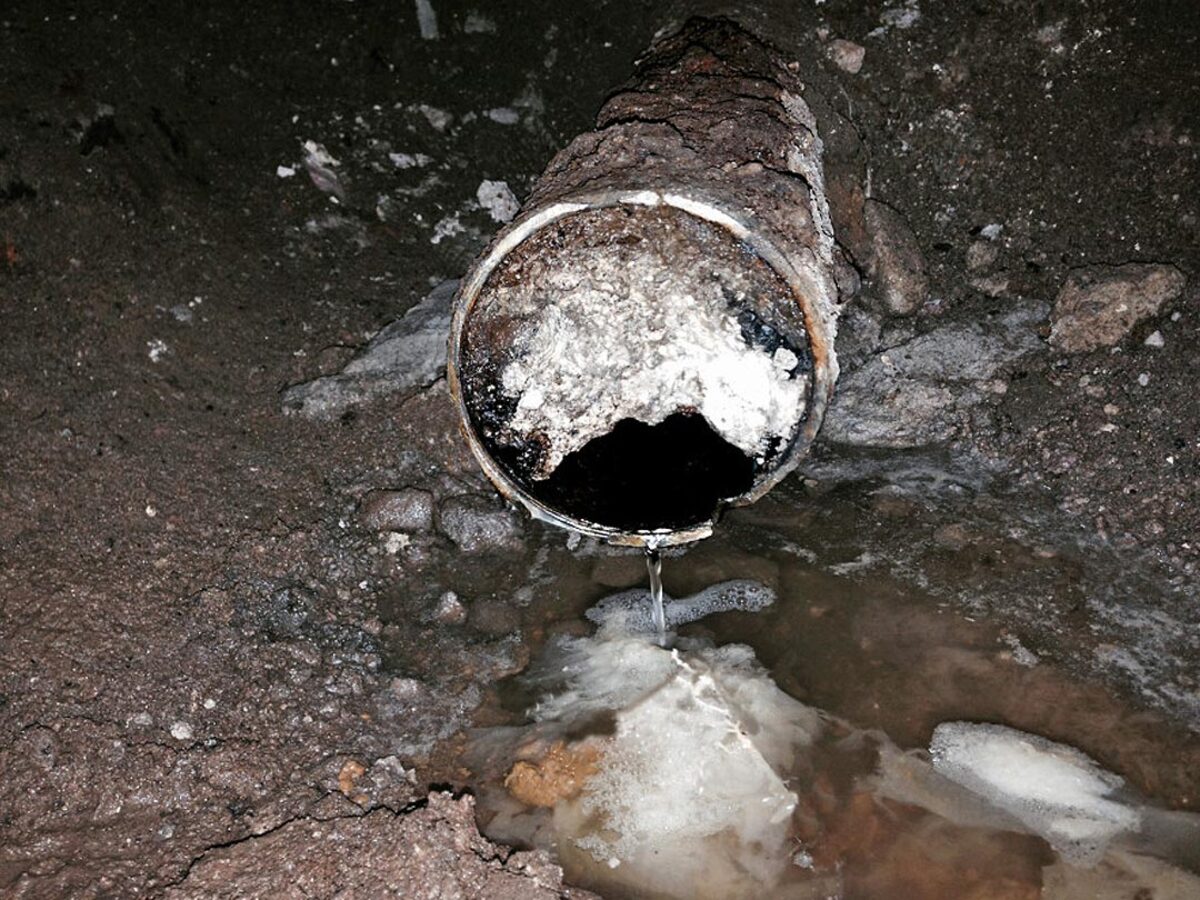
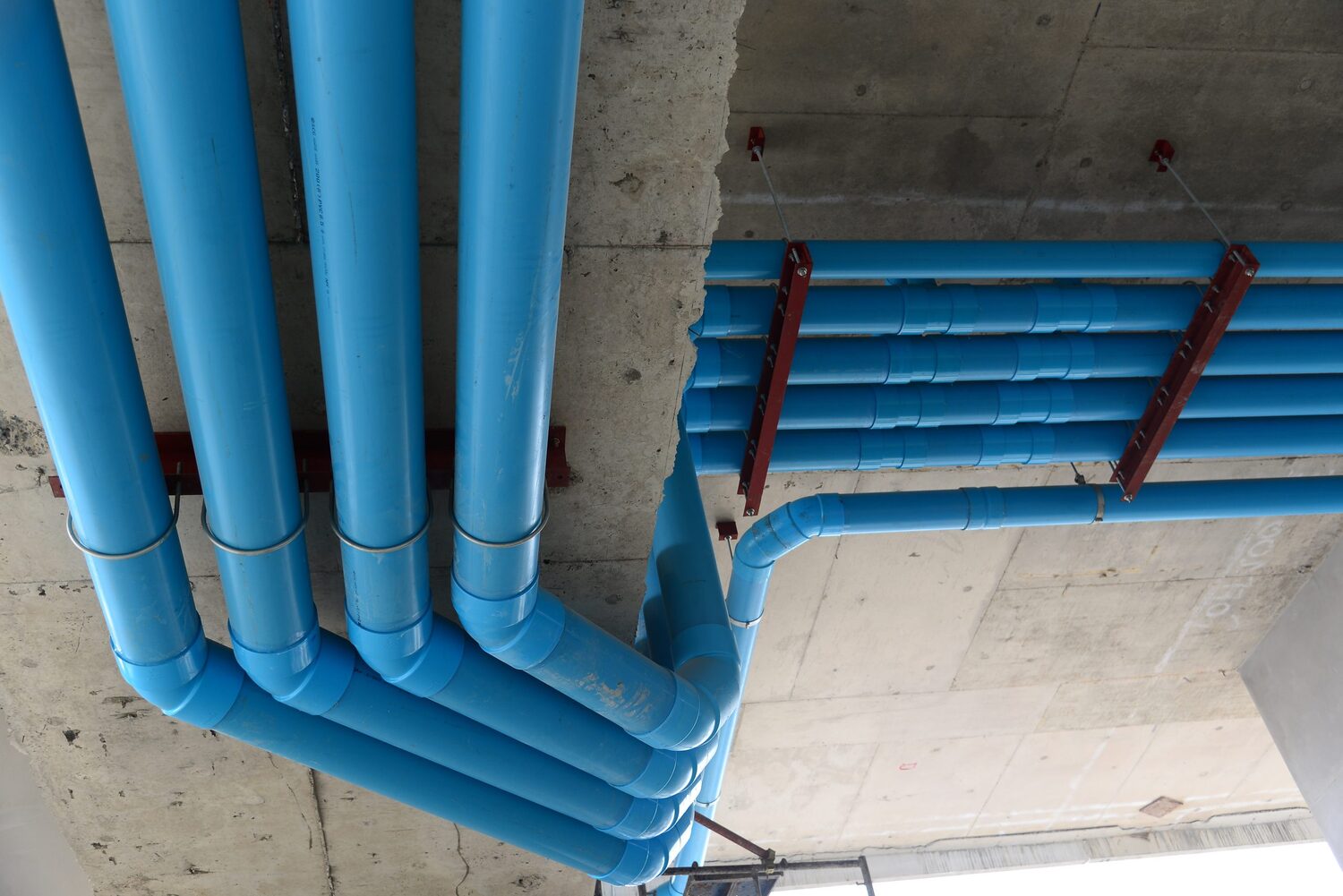
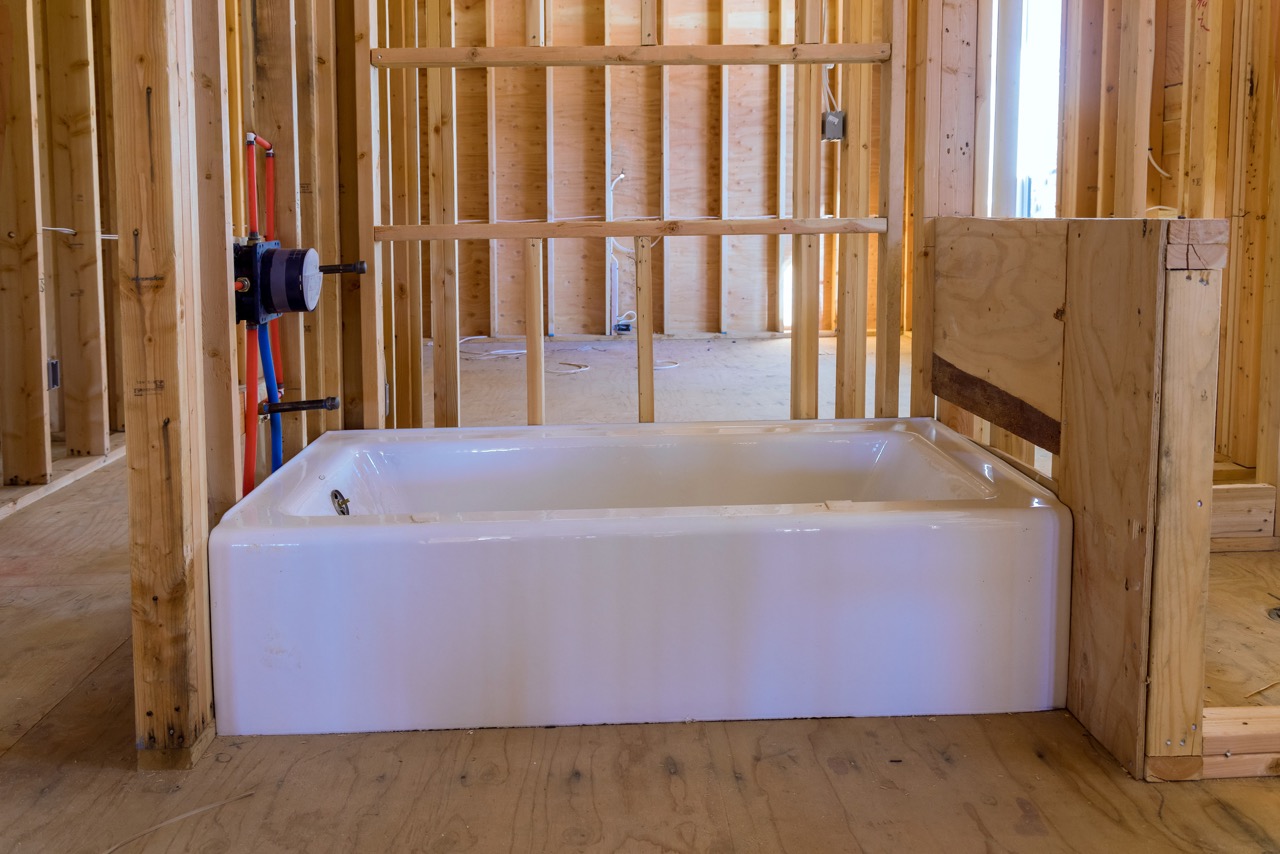
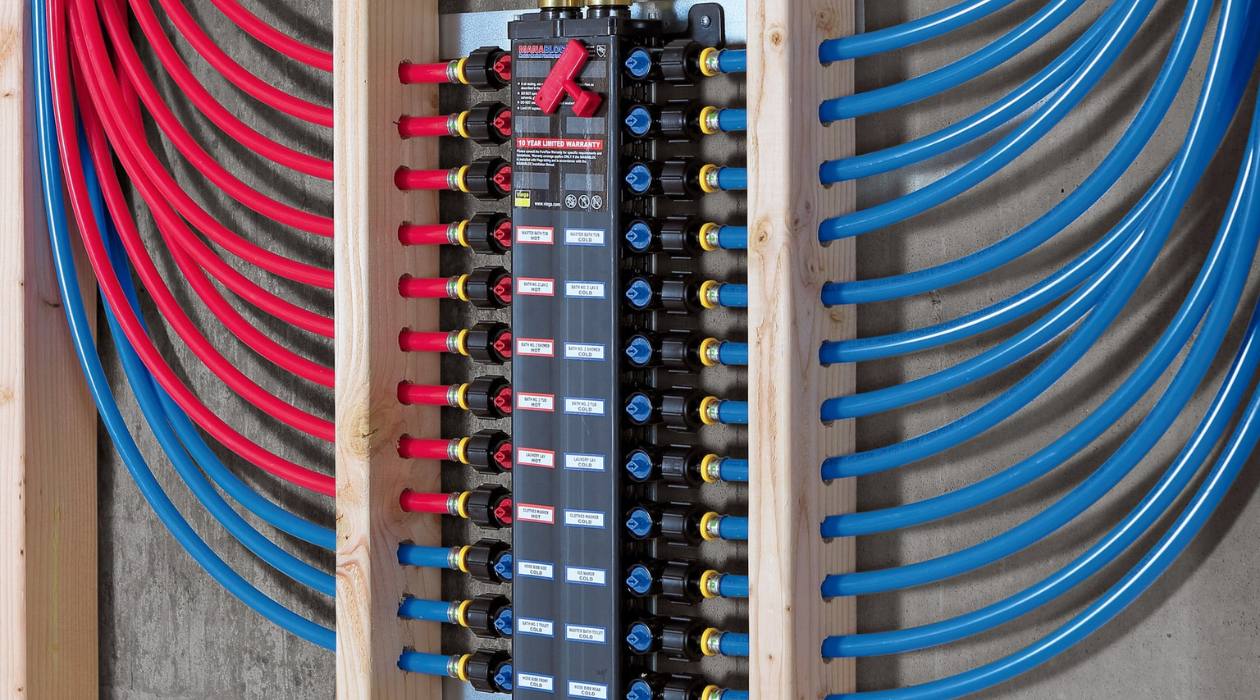
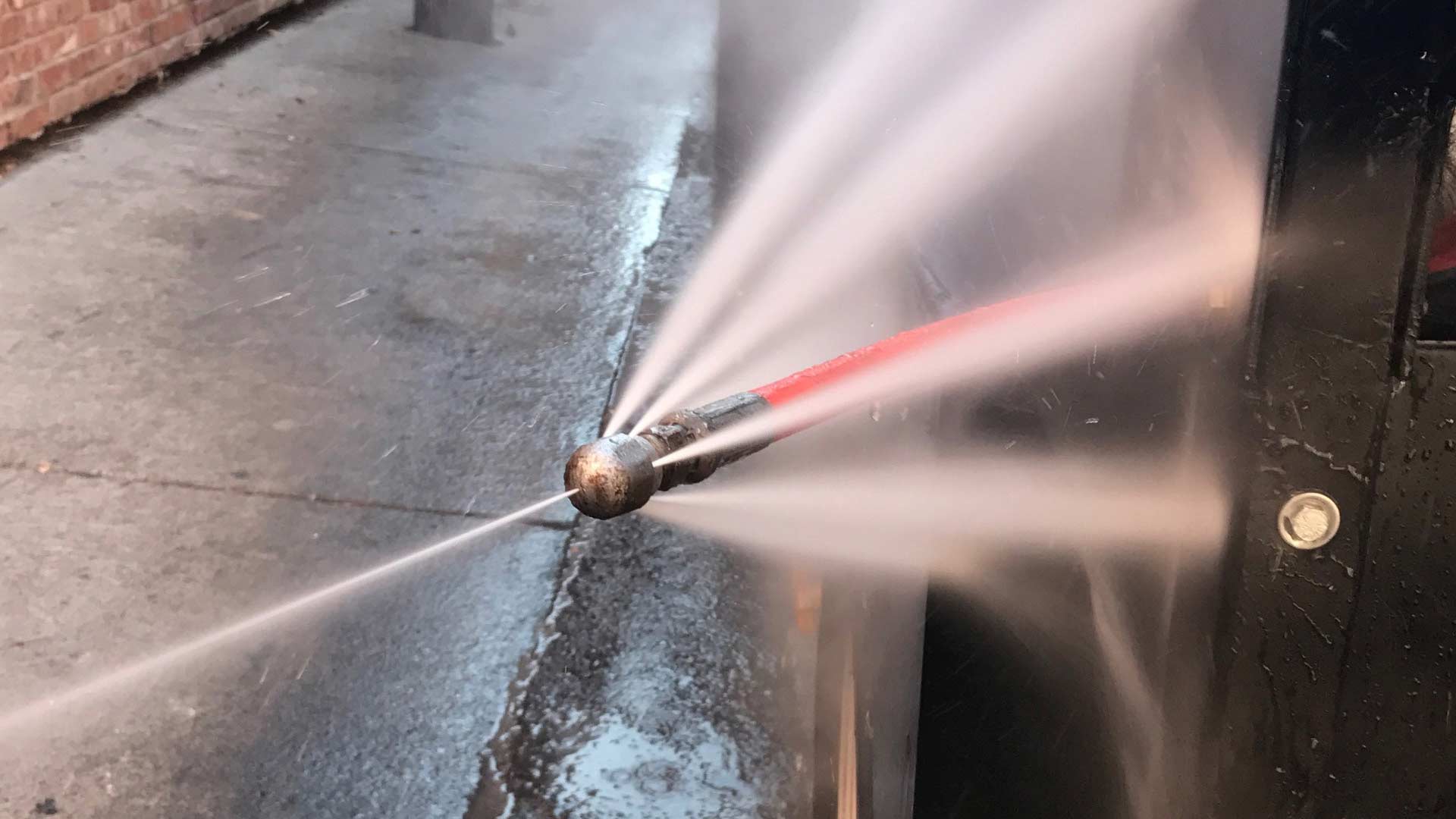
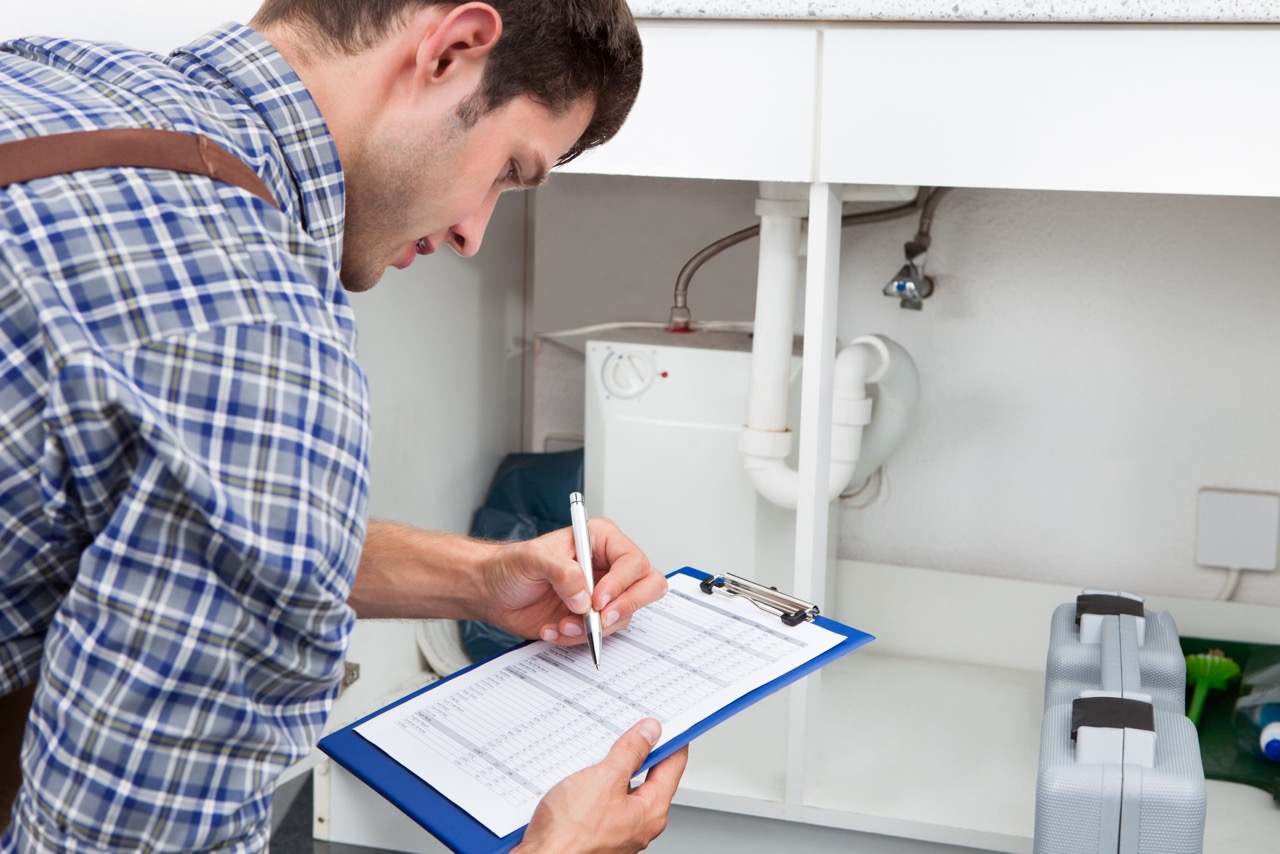
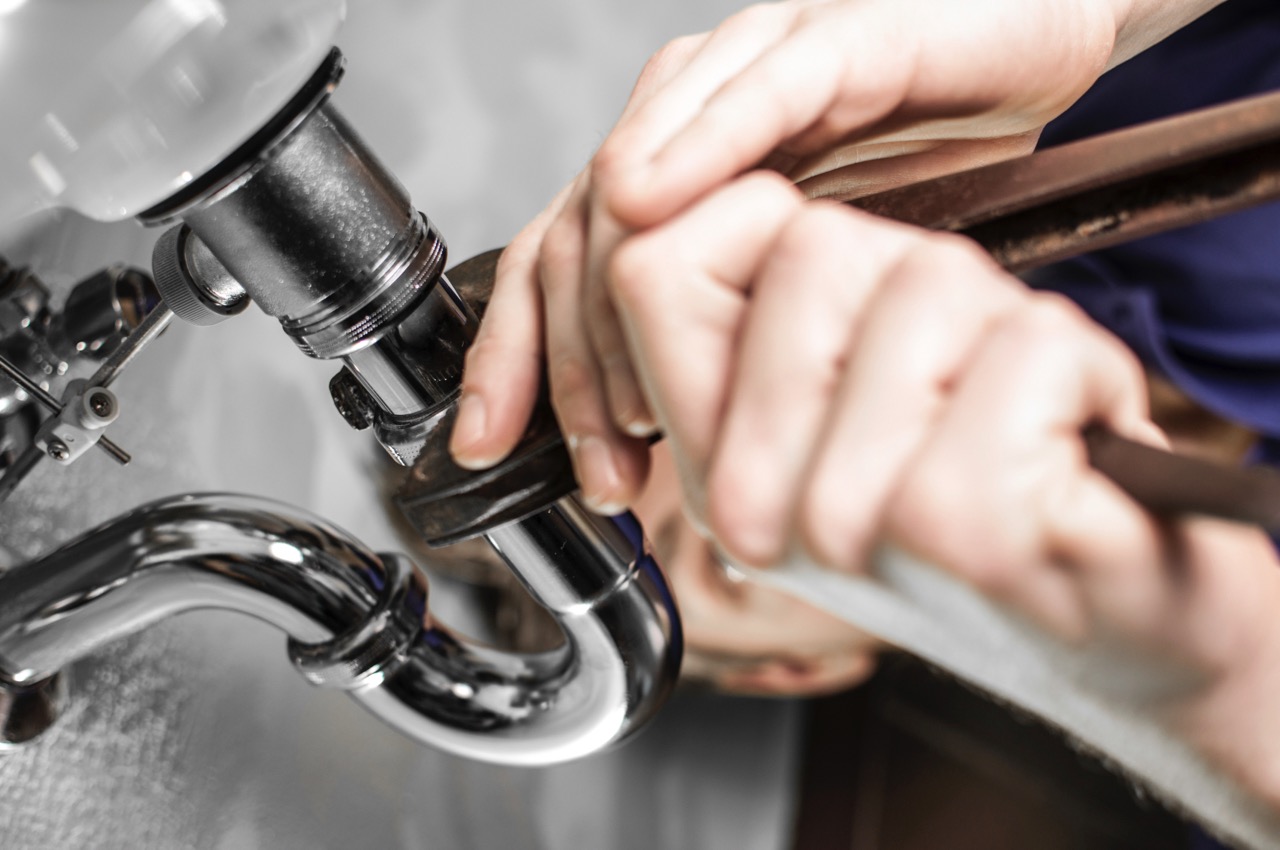
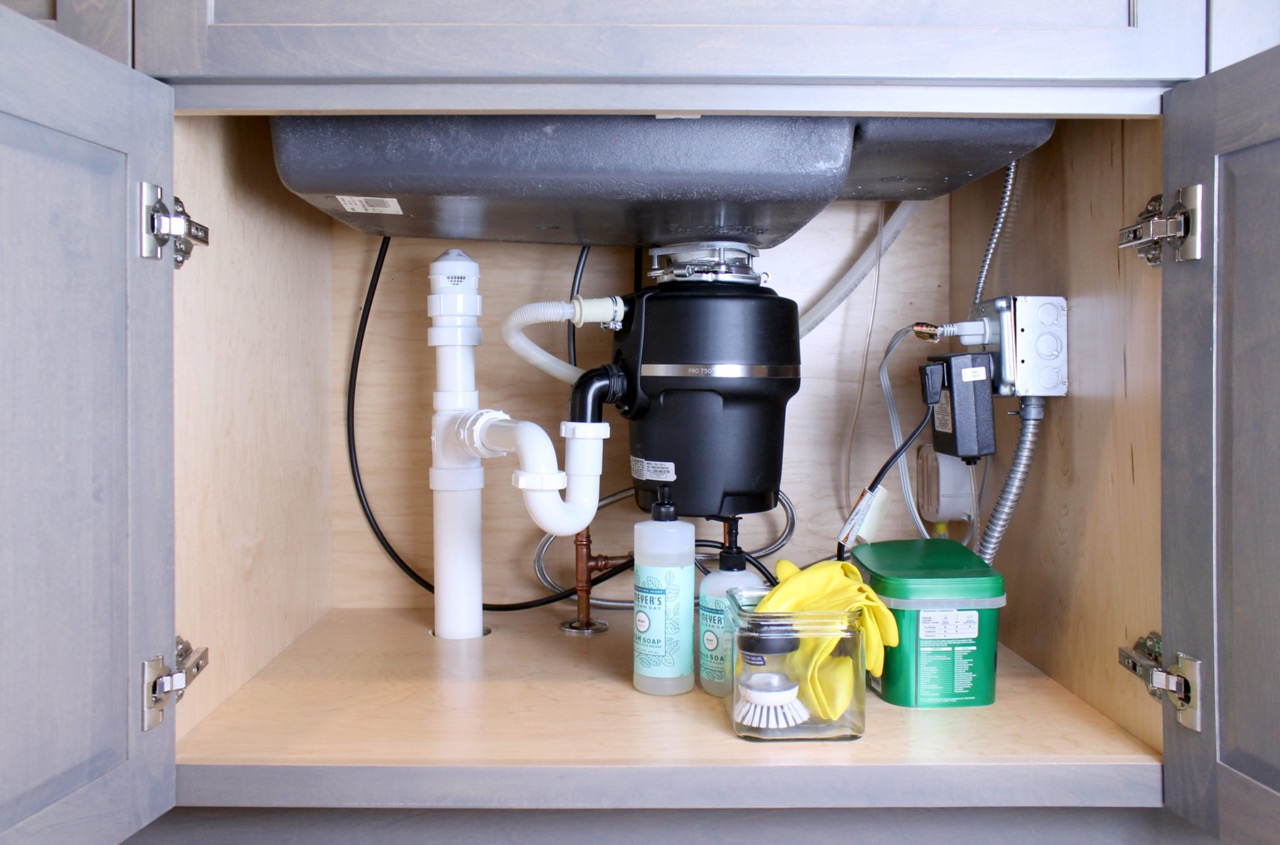
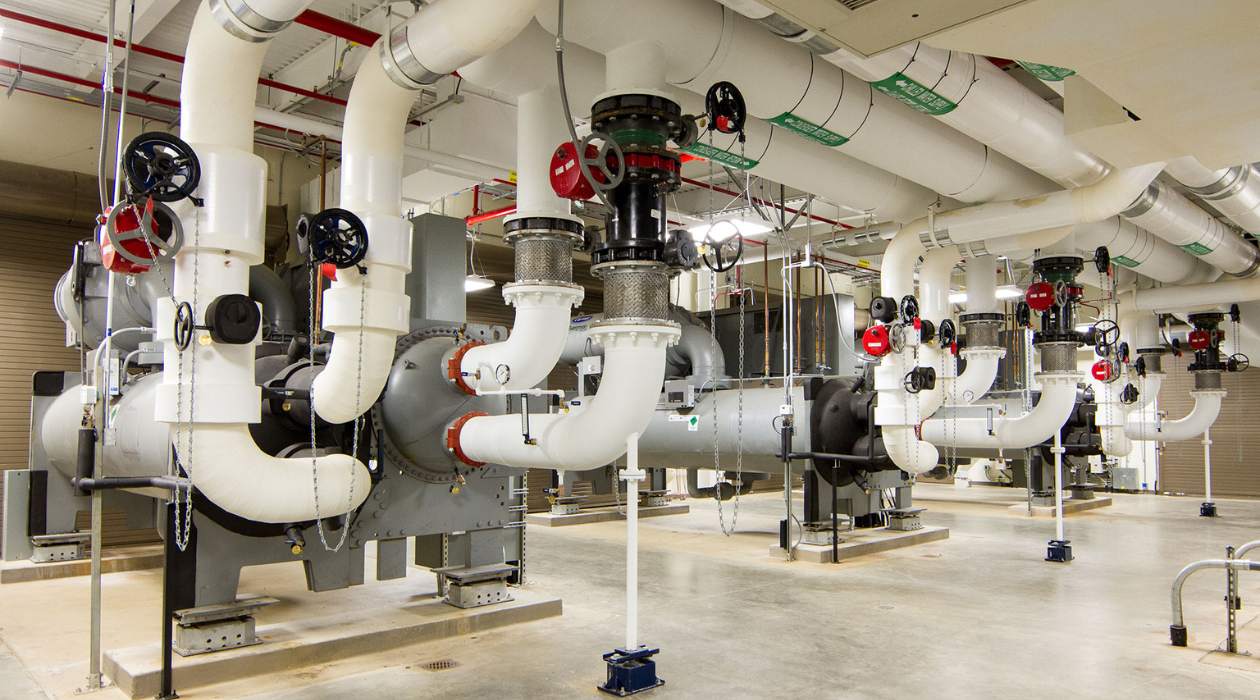
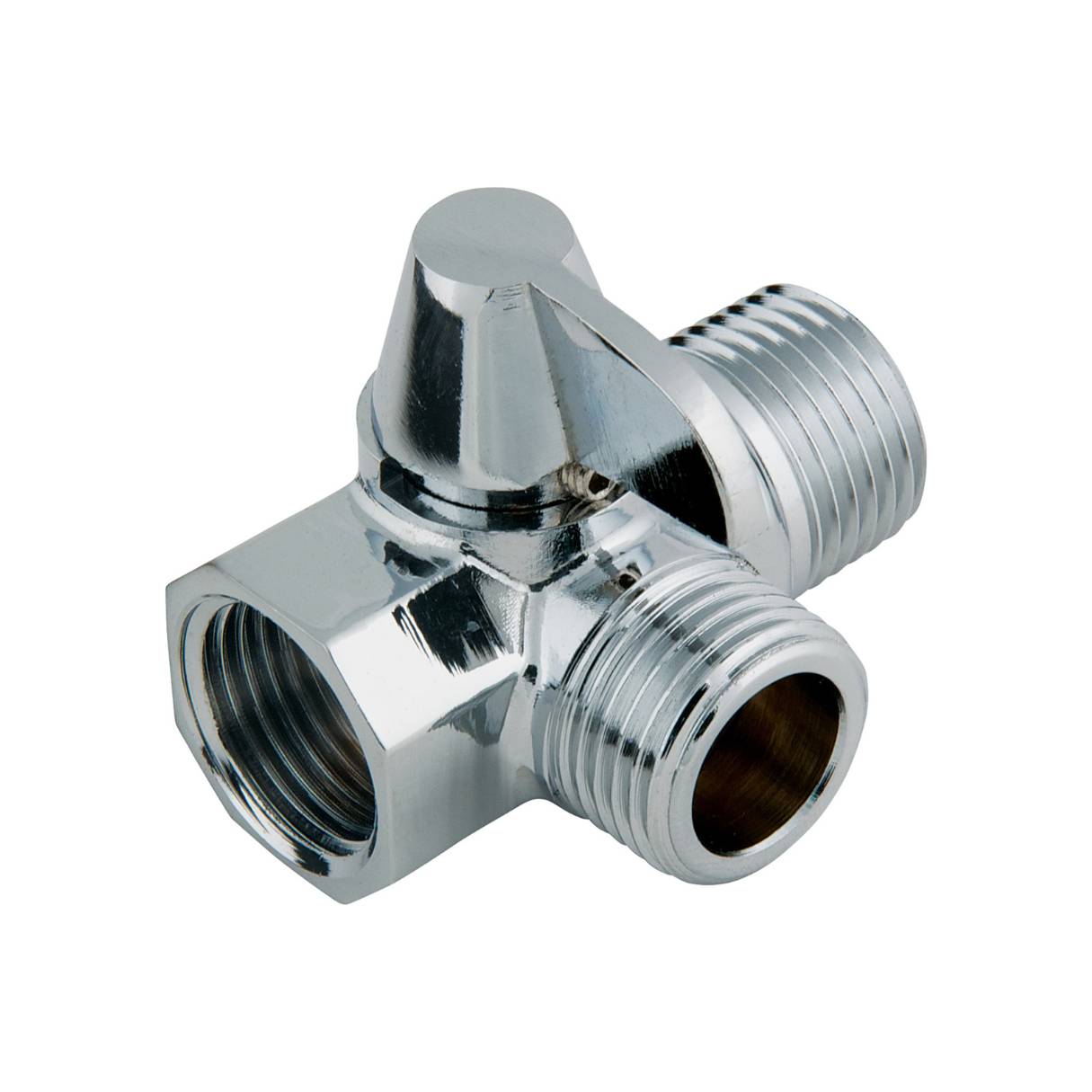
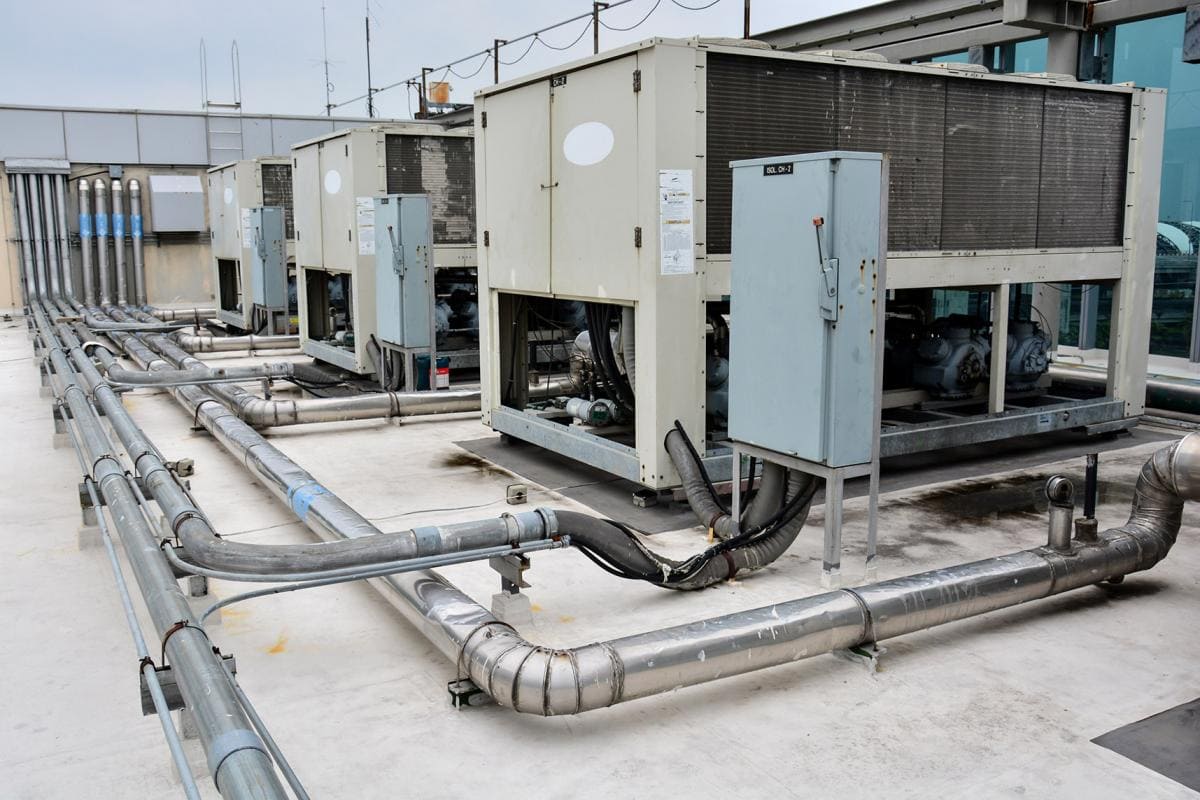
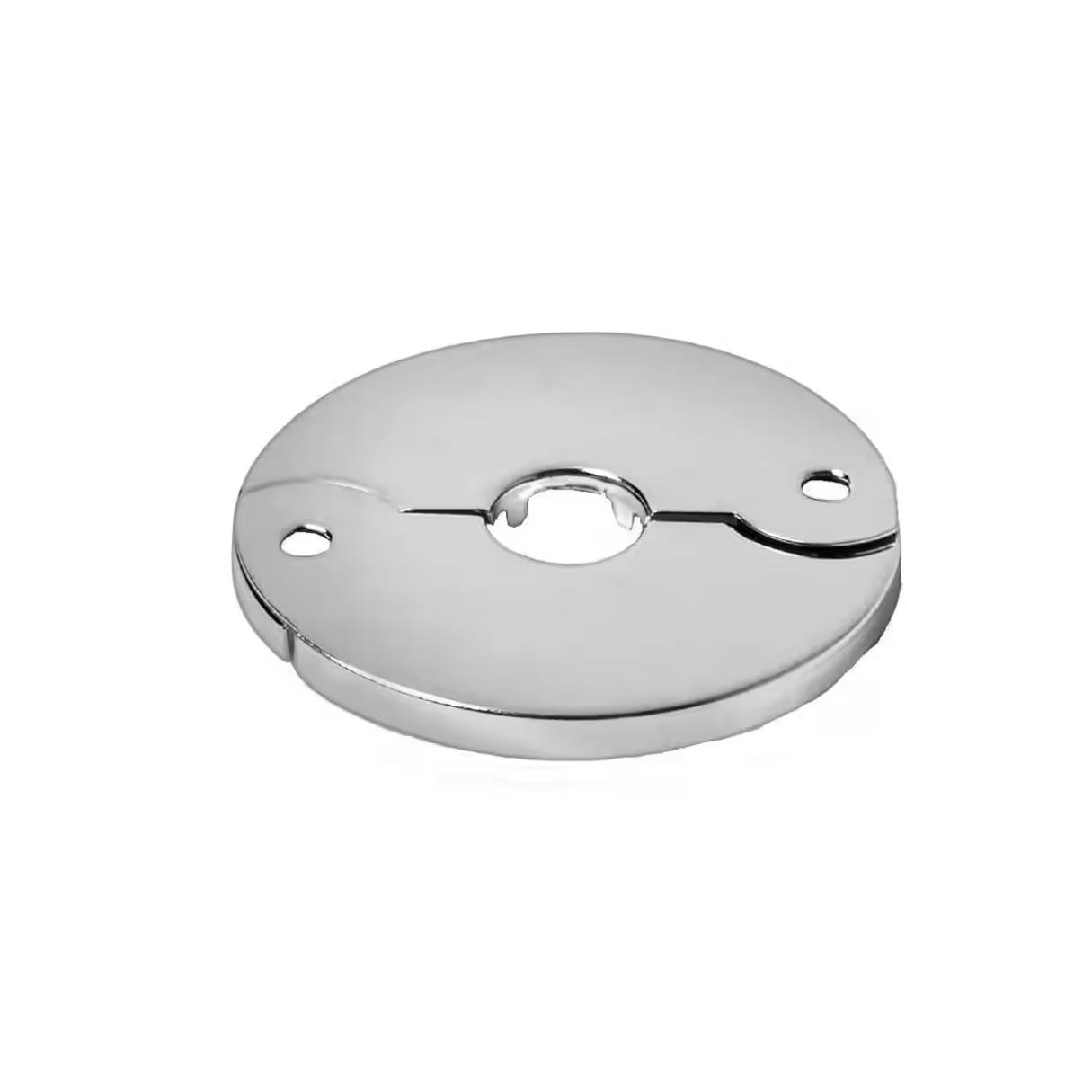
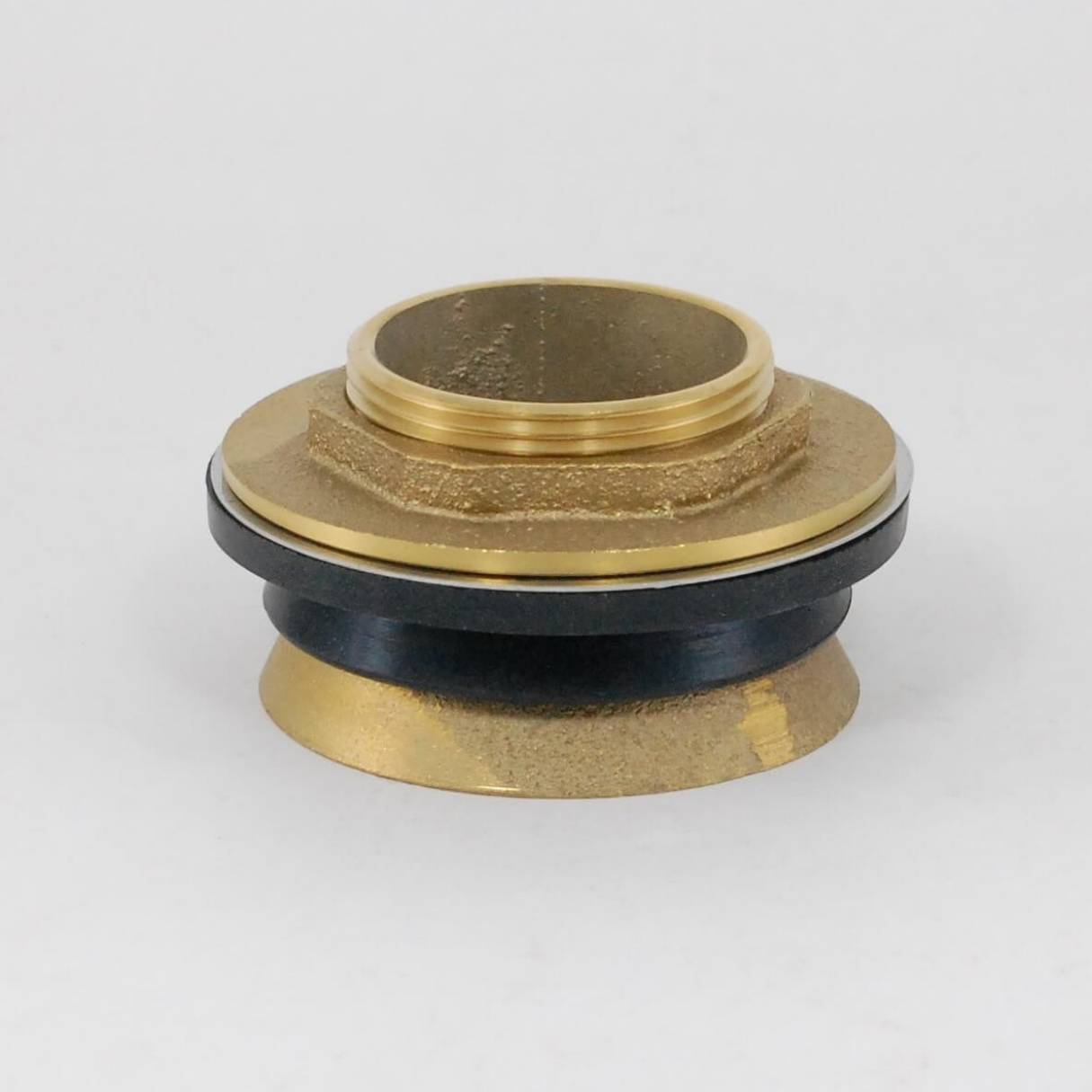
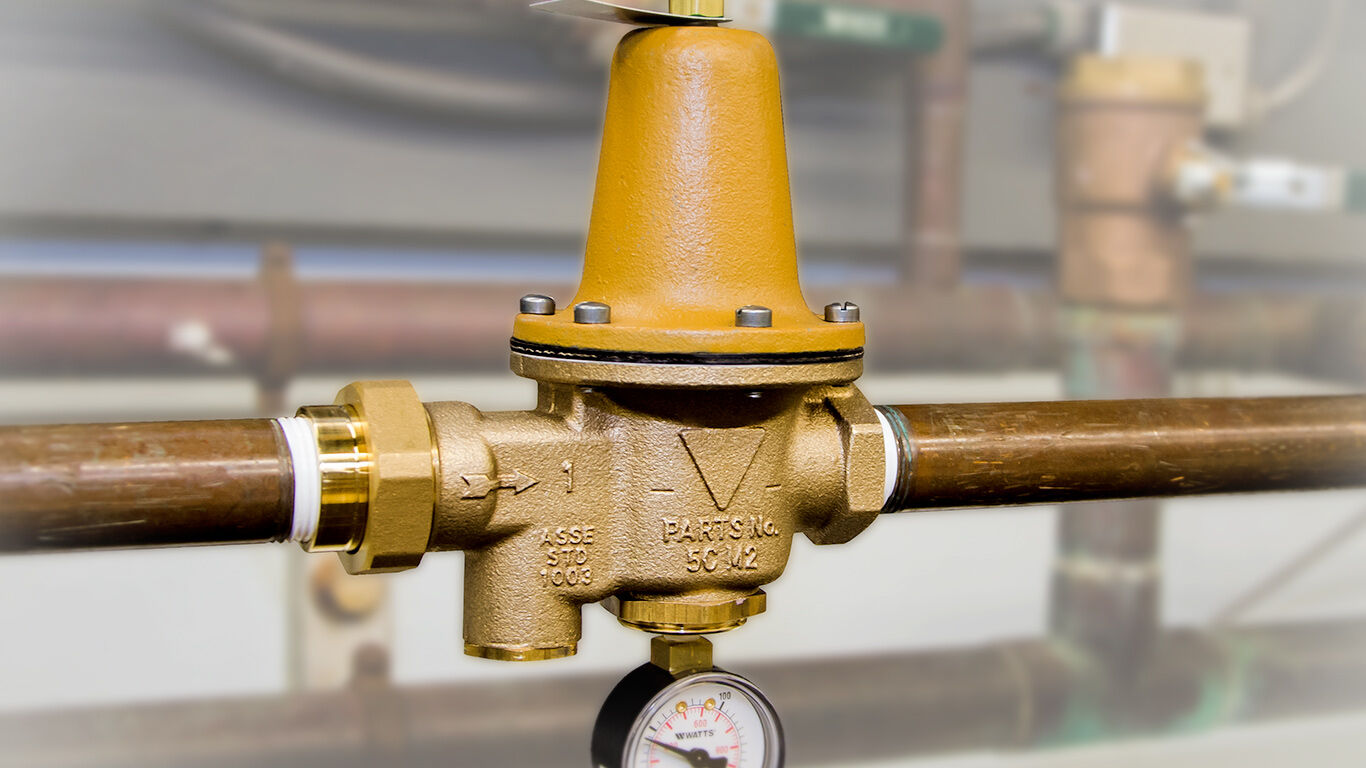

0 thoughts on “What Is A Wye In Plumbing”